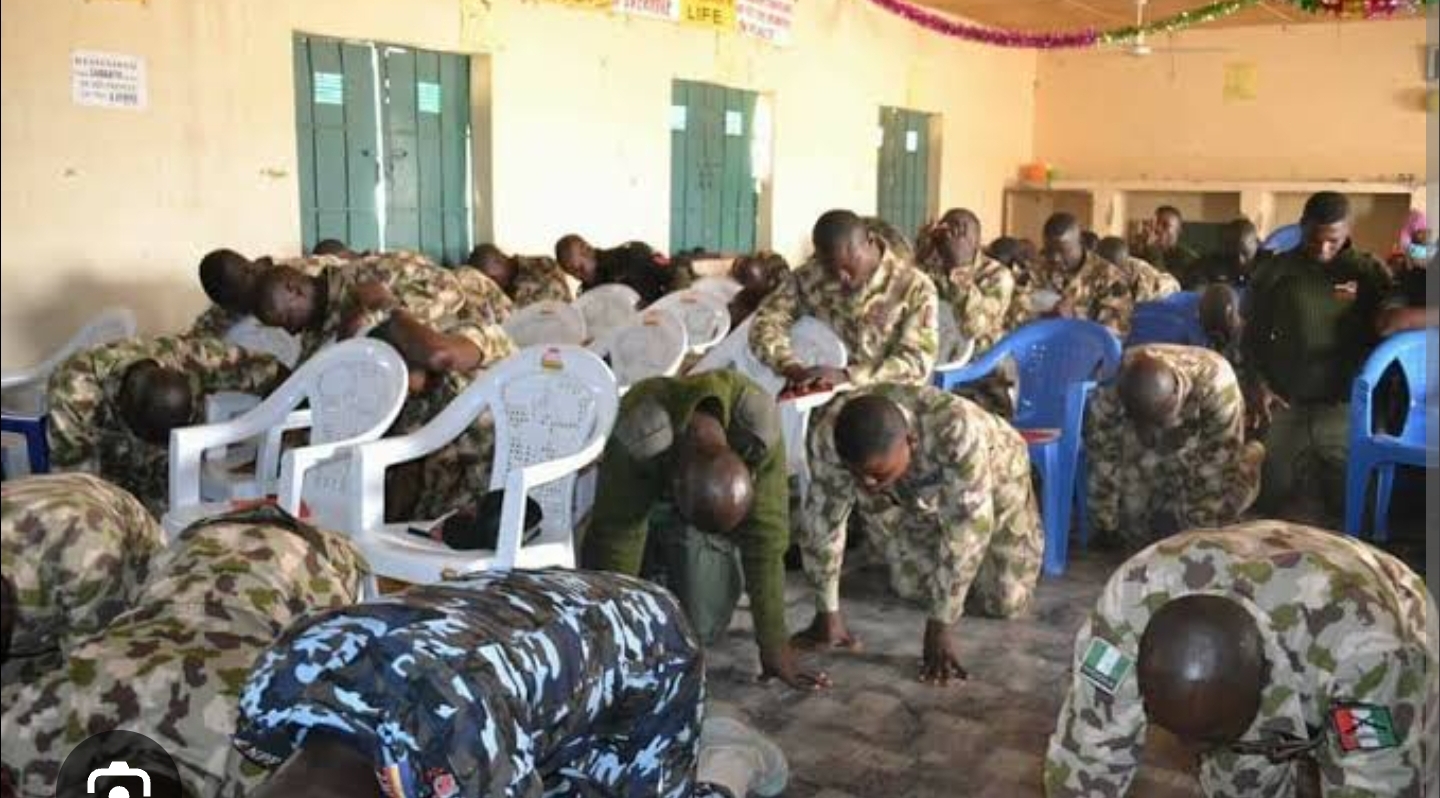Gbolahan Olanipekun's visual chronicles of the African identity crisis
The beauty within scarification finds form in Gbolahan Olanipekun’s “Heritage Unveiling” and “Fierce Woman” photography series that spotlights his blossoming ethnographic artistry.
The first image, “Heritage Unveiling” is a striking monochrome portrait of a maiden from the Yoruba ethnic group wearing six tribal marks, also known as Ila, which represents her clan. The lines are woven with three short vertical tallies sitting atop three other horizontal tallies on both sides of her face. The marks signify the Owu tribe, who are indigenes of present-day Abeokuta in Ogun State, Nigeria, and they have survived centuries of globalization to remain a distinct facet of Yoruba culture. A former Nigerian president, Chief Olusegun Obasanjo, also has this same set of facial marks.
The other image in the series, “Fierce Woman”, a coloured extreme close-up portrait, shows another maiden with the same set of marks. Both images are vivid zooms into Olanipekun’s documentary of this ancient Yoruba practice, provoking strong cultural commentary around the need to preserve and spotlight indigenous body art across the Nigerian society.
Olanipekun’s mise-en-scene showcases his sleight of hand technique, a bustling practice that reveals more by showing less. His focus on the candid, bland expressions of his subject enhance the photographer’s allure, suspense and rhythm. The backdrops on both images — first, a blurred out tree-like shape, and the second, a depiction of the European Ivy flower — expound on the theme of nature and transcendence. This theme also spread their branches into Olanipekun’s similar and recent exhibitions, including “Undiluted Love” and “Redemption”, exhibited at The Circular Artspace and The Holy Art Gallery, in London.
His other exhibitions at the Our Heritage showcase at Thamesmead; CasildArt, and Colindale Library, respectively, in London, and the Landmark Gallery, in Lagos, reflect his growing curiosity into the African human condition — a stoic survival experience that finds beauty in its resilience, strength in its identity and hope in its futurism. His documentary of African heritage continues to shape his ascent into the world of contemporary visual art, across the UK and Nigerian art scenes.
Technically, Gbolahan’s use of soft lighting and his preference for natural looks, with gritty skin pores, freckles and contours, as opposed to retouched smoothened-out faces, further buttress his knack for originality and sincerity in his storytelling.
His clever use of saturation and vibrance in “The Fierce Woman” pulls the viewer closer to the hidden details, without distorting the view of the facial tribal marks, while in “Heritage Unveiling” his monochroma extends the emphasis towards the entire subject, leveraging on the subtlety of neutral tones to pull attention towards the facial marks. Both photos reveal Olanipekun’s multi-layered conversations in colour, as he unites the hues and tones of confusion, rejection, and acceptance of facial scarification as an ageless Nigerian identity marker.
Also, in “The Fierce Woman”, his use of a camouflage to represent the hidden contexts behind scarification, where the outer identity either masks or amplifies the inner self, posing a pertinent question as to whether an individual chooses their tribe, or identity, or their scars, as is this case. It introspects whether the nature of identity is always filled with scars, and Olanipekun’s usage of the European Ivy does justice to this treatise.
Gbolahan’s passion for art began in secondary school, where fine art classes allowed him to experiment with different forms and styles. Inspired by his friend David and his surroundings, he grew fascinated with the creative process. This early start laid the foundation for his dedication to art as a lifelong pursuit, allowing him to discover his unique artistic voice. Today, Gbolahan is known for a body of work that spans powerful themes. Each piece celebrates African culture and traditions while exploring universal themes of resilience and empowerment.













